The backrest uprights of the armchairs feature finely fluted detached columns, while the armrest supports are baluster-shaped with fluting, resting on panels with fluted plaques. These are connected to tapered and fluted legs by a square joint adorned with a small flower set within a diamond shape.
Late 18th century period.
Dimensions
• Width: 59 cm
• Height: 84 cm
• Depth: 50 cm
Upholstered in blue fabric embroidered with flowers within scrolling reserves (some moisture stains).
This very elegant model of chairs with detached column uprights was fashionable towards the end of the 18th century.
These seats can be compared to a lacquered beechwood armchair from the Château de Fontainebleau, attributed to Georges JACOB (circa 1790, Paris, Mobilier National, GME 1637), as well as a set consisting of a sofa, a bergère, and three armchairs, which were in the Emperor's bedroom at the Château de Lamotte-Beuvron in 1856, later transferred to the Palais de l'Élysée (circa 1795, Mobilier National, GMT 7796, 7797, 7798/1,2,3).
Upholstery services are available should there be a desire to change the padding and fabric.
THE CABRIOLET ARMCHAIR UNDER THE DIRECTOIRE: FRENCH ELEGANCE
The cabriolet armchair is emblematic of furniture design during the Directoire period (1795-1820). It is distinguished by its elegant silhouette and harmonious proportions. Blending functionality with aesthetics, this piece reflects the artistic and sociocultural concerns of a France undergoing significant transformation in the post-revolutionary era.
Primarily crafted from beechwood, this model features finely carved detached column uprights and baluster-shaped armrests, showcasing exceptional craftsmanship. The lacquer finish, often used for its surface, demonstrates a taste for smooth and glossy textures, while the decorative motifs, inspired by neoclassicism, reflect an established appreciation for antique forms that had already begun during the late reign of Louis XVI.
With its rounded backrest and tapered legs, the cabriolet invites both contemplation and comfort, making it a piece that is both practical and artistic. It exists in a context where furniture transcends mere utility, becoming a true vehicle for style and taste, embodying the spirit of an era.
Cabriolet armchairs, often upholstered in richly embroidered fabrics, evoke a sophistication that captivated Parisian salons. They reflect an aesthetic ideal where the French art of living intertwines with a keen sense of modernity, marking a transition between the Louis XVI and Empire styles. The study of these iconic pieces allows us to understand the transformations in taste and craftsmanship during a pivotal period in French history.

















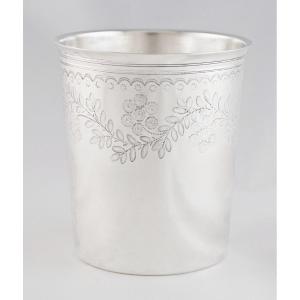
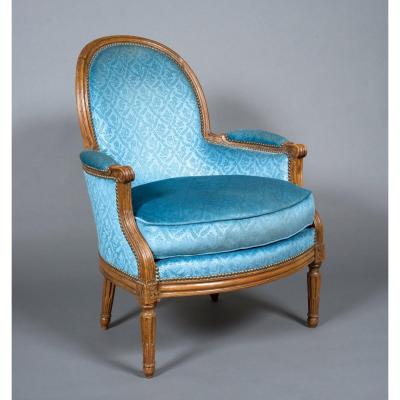





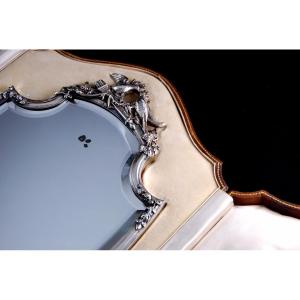
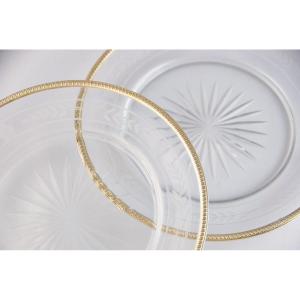


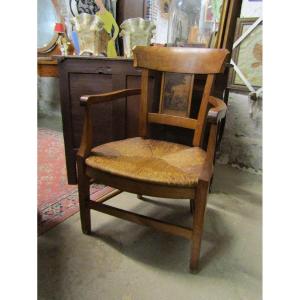

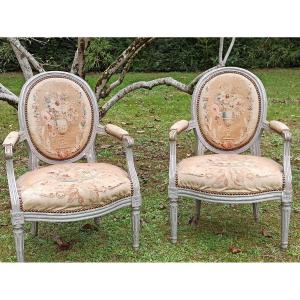
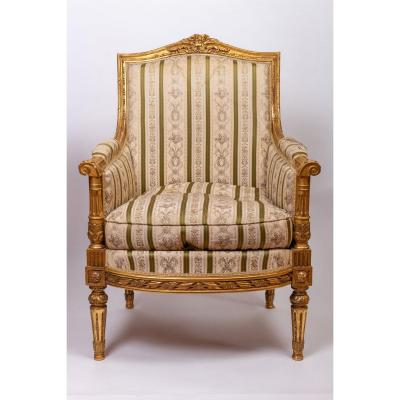
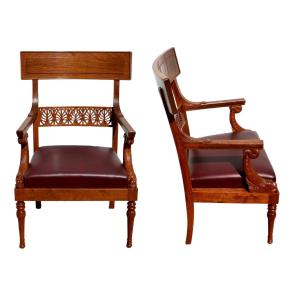



 Le Magazine de PROANTIC
Le Magazine de PROANTIC TRÉSORS Magazine
TRÉSORS Magazine Rivista Artiquariato
Rivista Artiquariato